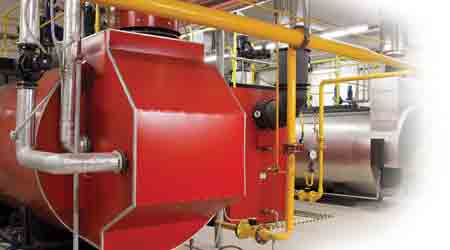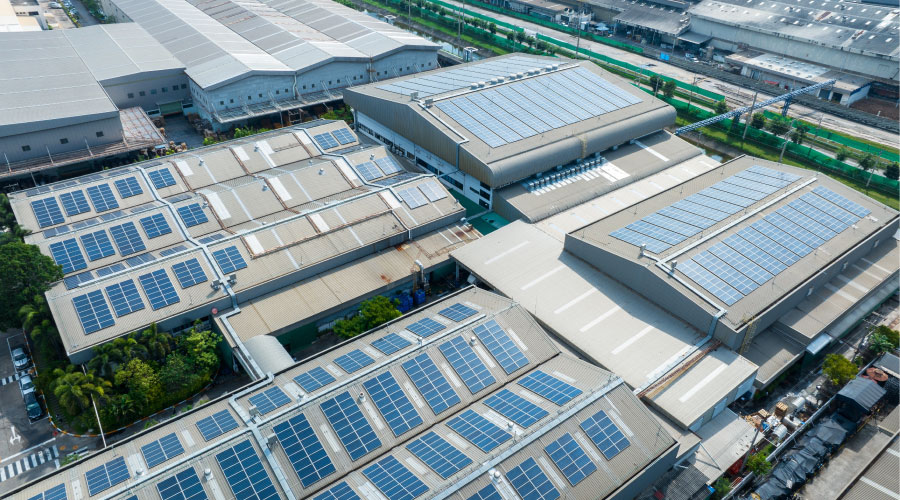Advances in Submetering Technology Optimize Energy-Saving Systems
Part 1 of a 4-part article on the advances in submetering technology
The arrival of submetering technology is good news for maintenance and engineering managers in institutional and commercial facilities, even if many do not realize it yet. By submetering their facilities’ power systems, managers can produce detailed data on system performance that is critical in detecting system malfunctions, as well as in focusing design and retrofit activities on the most cost-effective energy improvements.
The stakes are high for facilities. Consider this nation’s stock of education facilities, which spend more than $14 billion on energy each year, of which 30 percent is used inefficiently, according to the U.S. Department of Energy’s Energy Star program.
The deployment of smart meters is increasing rapidly. Currently, 38 states pursue smart-meter deployment, and 60 million meters are expected to be in place by 2019. State programs involved in these efforts range from large investor-owned utilities to municipal utilities. In most cases, the utility provides and installs the meters, making the initial investment for the program, and rolls the program costs into customer rates.
Submetering is an essential component of operational improvements to enhance energy efficiency, perform monitor-based continuous commissioning, and improve sustainability. By staying up to date on new-generation submetering technology and identifying facility needs related to submetering, managers can deploy the technology to maximize the benefit to their organizations’ bottom lines.
Dollars from data
Most institutional and commercial facilities depend on a master meter to monitor electricity use. Organizations use this information to bill non-residential occupants at a standard rate, regardless of each tenant’s actual use. Submetering allows managers to bill occupants based on actual use. This tactic promotes energy conservation due to the direct effect of energy costs by the end user. In this way, submetering provides immediate savings that persist over time.
These savings fall into two categories. The first category relates to power quality and the energy efficiency of each energy-consuming system and device. The second category relates to the human effect of occupants. An energy professional can quantify these savings by estimating the energy consumption of each major energy-consuming system based on past energy bills. This process is known as energy benchmarking.
Once this process is complete, managers can compare energy consumption in a given facility to that of other buildings or to the facility’s historical energy use, or they can conduct an in-depth energy audit to determine the expected energy consumption of each device during each season as a way to identify potential improvements that would provide a quick payback.
Many managers might not know that submeters also can provide key energy data that allows engineers and financial managers to identify areas within the buildings that are not energy efficient and need improvement. Installing submeters can foster energy savings of up to 15 percent of total energy usage.
By knowing when their electricity costs more, building occupants can shift their demand to non-peak times. Managers can use reduced maintenance costs and enhanced load management to justify these programs.
By submetering each major energy-consuming system in a facility, managers can precisely measure and compare the true cost of these systems. Energy-reporting software also allows managers to create detailed usage reports for areas and times.
Traditional meters cannot be read continuously and trended over time, but new generation smart meters have the ability to integrate into a network and report to a central station or device known as an energy monitoring system.
Technology advances allow managers to install these meters into an active system that was not designed to be divided into various energy-consuming categories. These applications include wireless connectivity and multi-point meters that can measure total kilowatt hours on a select few breakers.
Because they reduce first costs to hard wire meters to a common network, these advances allow front-line technicians to install the meters in existing facilities to track individual energy use types when several energy consuming components, such as plug loads and lighting loads, are wired to a common electrical distribution panel.
Related Topics:















